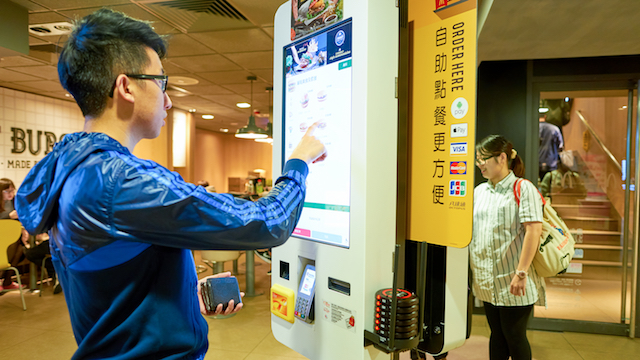‘Experience’ has been a buzzword in retail for some time now and not a week seems to go by without yet another retailer opening an experience-led flagship store.
Earlier this year, French sports retailer Decathlon opened its biggest outlet yet in Singapore, which features multiple areas for customers to try out products as well as an ‘Active Health Lab’ space that hosts sports events, pop-up clinics and free health screenings. In Japan, health and beauty specialist Lush opened a Lush Lab store dedicated to its bath bombs, where customers are encouraged to interact with the products through an app.
The rationale for these experience-led stores is clear. With consumers now able to shop through a wide range of channels, the physical store might not necessarily be their first port of call – so retailers need to provide reasons to visit. At the same time, these experiential elements lead to increased dwell times and can be used to tell a retailer’s brand story. Think for instance of the Starbucks Reserve Roastery in Shanghai, where augmented reality is used to explain the background of its coffee.
But with so many retailers opting for stores with a wide array of experiential bells and whistles, it is sometimes easy to lose sight that ‘experience’ could also be achieved by focusing on making shopping journeys more pleasurable and frictionless. Not only that, but experience-led stores may make more sense for some product categories than others. Customers going into a 7-Eleven typically do not want to get held up by a yoga class or by a virtual reality experience.
When it comes to adapting your business to the fast-evolving needs of today’s connected consumer, it might actually make sense to look at the pain points that shoppers face when they visit a physical store. Tofugear recently surveyed 6000 consumers across Asia to find out what their biggest frustrations are when it comes to the bricks and mortar experience. These provide a good starting point for any initiatives that retailers might be considering to improve the shopping experience.
- Products out of stock
Top of the list of frustrations for shoppers in Asia is getting to a store and the finding out that a desired product is out of stock or unavailable in their size. This could easily be solved if retailers have a single view of stock across all their channels and are then able to give shoppers access to alternatives, such as delivery to home from a different store. This could be well worth the investment given 70 per cent of consumers admit that they will switch to the online channel if stores do not carry stock of a desired product.
- In-store price different from online
Most shoppers either use their smartphones in stores these days or will research products online before heading to a store. It then becomes a major annoyance when the prices they see in a store are different to those of the website. In this day and age, consumers expect there to be no price differential between a retailer’s stores and their online business. While more costs will often be incurred in a sale made in a store, it is important to remember that face-to-face contact also has the potential for upselling or adding additional products to a shopper’s basket.
- Poor service from staff
One of the main benefits stores have over an online channel is of course the human element. However, retailers should be mindful of how this can also become a pain point if they do not provide adequate training to deliver good service – nearly half of all consumers find this a major frustration when they shop in stores. Tied in to this, many shoppers in Asia are known to dislike the practice of store staff following them around. Some tactics to provide a better service could be to equip store staff with mobile devices so that they can access a customer’s shopping history and provide more personalised recommendations.

- Long queues
A long line of waiting customers might be the sign of a good restaurant in Asia, but when it comes to the store experience it is a major turnoff and may cause shoppers to abandon their intended purchases. Strive to give customers the flexibility to transact wherever they want in a store, for instance through mobile tills or self-checkout terminals so that a shopping experience does not turn negative at the final hurdle.
There is certainly a time and place for experiential stores, but retailers should not forget that positive shopping experiences can also be delivered by tackling the frustrations that consumers face when shopping in stores. The good news for retailers is that many solutions to these issues can be very impactful at a relatively limited cost. As always, any technology used should be an enabler for a good customer experience, rather than the goal itself.
This feature originally appeared in Inside Retail Hong Kong’s magazine edition, available by subscription in digital or print versions.






